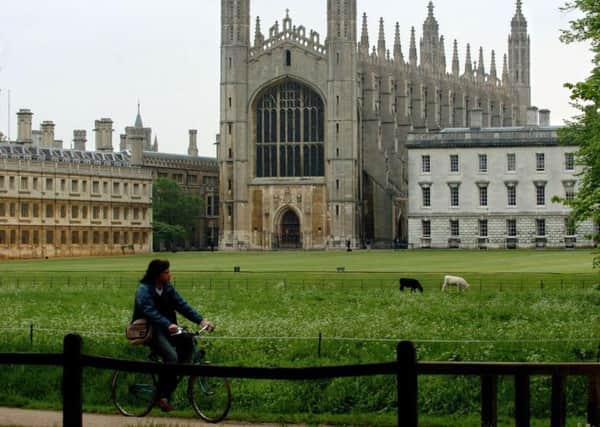Warning over university gender gap increase


Around five-sixths of universities and colleges have more female than male students, a study published by the Higher Education Policy Institute (HEPI) reveals.
But apart from initial teacher training, only two institutions have set targets for 2016/17 on recruiting more men.
Advertisement
Hide AdAdvertisement
Hide AdThe report argues that failing to address the issue now is simply storing up problems for the future.
Dealing with the under-achievement of young men at university does not interfere with tackling other inequalities in the system - such as the gap between rich and poor, it said.
“The weak performance of people from disadvantaged backgrounds or certain ethnic groups can only be fully addressed by dealing with the differences in male and female achievement,” it continued.
“For example, while men underperform overall, poor white men have the worst record of all.
Advertisement
Hide AdAdvertisement
Hide Ad“So tackling the underperformance of young men is essential if we are to tackle other dismal higher education performance indicators.”
In a foreword to the report, Ucas chief Mary Curnock Cook said: “On current trends, the gap between rich and poor will be eclipsed by the gap between males and females within a decade.”
Latest Ucas figures show a record 9.2 percentage point gap entry rate between the sexes, with women 35 per cent more likely to go to university than men.
“If this differential growth carries on unchecked, then girls born this year will be 75 per cent more likely to go to university than their male peers,” she said.
Advertisement
Hide AdAdvertisement
Hide AdThe study suggested that one reason for the gulf may be that in the past, careers traditionally chosen by women, such as nursing and teaching, did not require full degrees.
When this changed, the number of women in higher education dramatically increased, it said.